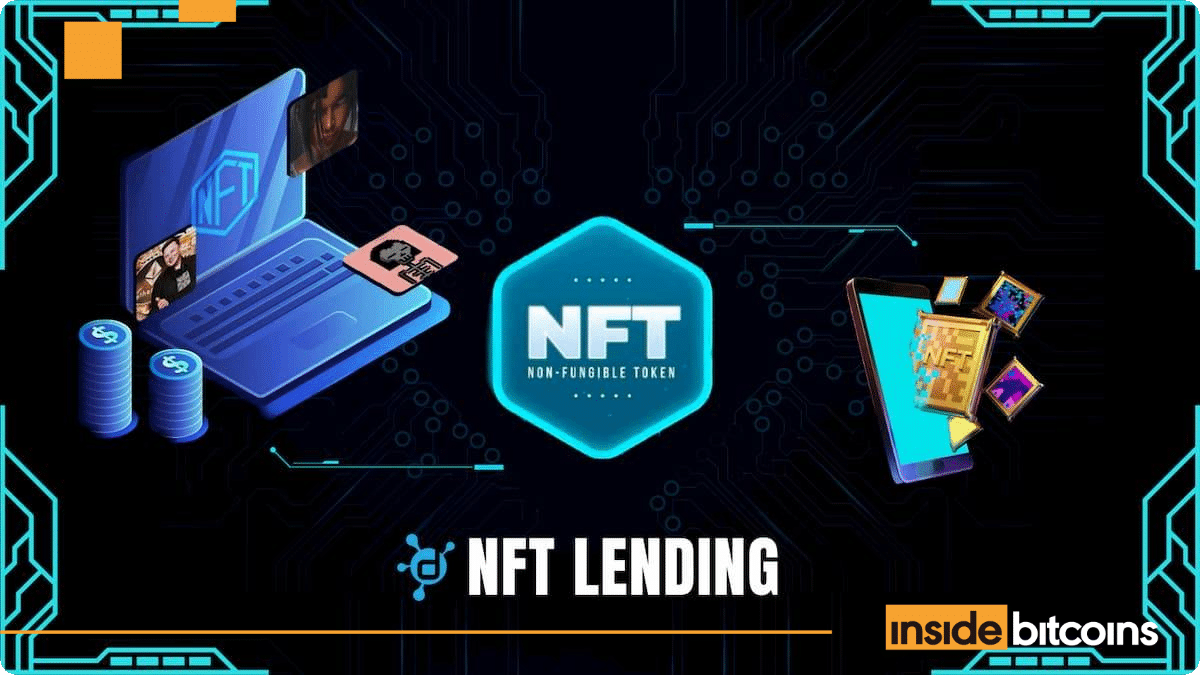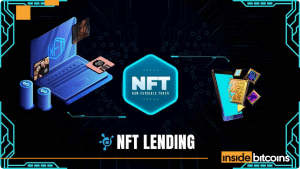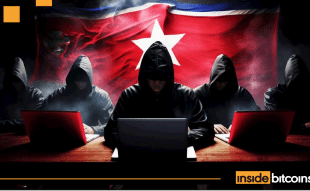The non-fungible token lending market, once seen as the only sector that could have rescued the global non-fungible token market from the liquidity crisis and market stabilization, is in a critical state right now, with reports indicating that the sector is down over 95% from its peak season in 2024. In this article, we shall explore in depth what went wrong as well as what can be done to rescue this dying sector.
NFT Lending Falls 97% From ATH
Data compiled by DappRadar.com, an on-chain crypto market data aggregator and non-fungible token explorer, shows that the non-fungible token lending volume has plummeted by 97% since its all-time high in January 2024. It has fallen from nearly $1 billion to just over $50 million as of May 2025. During this period, the number of liquidity borrowers has fallen by 90% while the number of lenders has fallen by 78%.
📉 Volume momentum is gone
From nearly $1B to just $50M in May 2025, loan volume has collapsed. Without incentives and with floor prices down, users have lost confidence.
Here’s the drop in action: pic.twitter.com/SgRm7OJnIp
— DappRadar (@DappRadar) May 27, 2025
By description, “NFT lending,” also known as “NFT borrowing,” is a form of lending where individuals or organizations utilize their NFT collections as collateral to secure crypto liquidity. NFT lending platforms began appearing sometime in 2020, with early examples like “NFTfi” launched in May 2020. These platforms allowed users to borrow funds (usually ETH) by using their NFTs as collateral.
The NFT lending sector began gaining more traction in 2021 and 2022, with platforms such as Arcade taking the lead in 2022. The sectors gained momentum in 2023 shortly after the NFT market platform Blur launched its lending protocol “Blend.” In January 2024, the NFT lending market reached a $1 billion market, with platforms like Blur’s Blend and NFTfi seeing strong adoption from traders looking to unlock crypto liquidity without selling their non-fungible tokens.
The NFT lending sector began plummeting this year. As of May 2025, the NFT lending market has amassed a loan volume of just above $5o million, marking an 83% drop since the beginning of the year and a 97% decrease from the peak in January 2024. The sharp decline suggests that the NFT lending narrative is no longer convincing enough for crypto users in the current market conditions.
GONDI Tops In NFT Lending Volume
Gondi, a decentralized non-custodial non-fungible token lending protocol allowing for full and partial refinancing of all outstanding loans, creating a more dynamic and liquid space, is the top NFT lending platform in 2025, taking down the Blur’s Blend protocol, previously renowned as the undisputed king of NFT lending. By mid-May 2025, GONDI protocol controls 54.2% of the outstanding NFT lending market, compared to Blend’s 30% share.
The GONDI NFT lending protocol began gaining ground in Q1 2025, appealing to users seeking a more structured lending experience. Its recent success marks a major turning point, not just in platform dominance, but in how lending demand is shifting toward more sustainable, less speculative models. Behind Gondi and Blend are NFTFi, Arcade, JPEG, Metastreet, Zharta, and X2Y2 NFT lending platform.
In a market where overall lending activity has collapsed, several blue-chip NFT collections continue to explode in loan volume, not because of market hype, but because they’re well-managed to retain utility, liquidity, value, or simply relevance. Pudgy Penguins is a perfect example of an NFT, leading the lending market by a wide margin. Since the beginning of 2025, they’ve generated over $203 million in loan volume, accounting for 40% of all collateralized loans.
Pudgy Penguins is distantly followed by the Azuki NFT collection, with $85 million, the Bored Ape Yacht Club NFT collection, with $46 million, and the Doodles NFT collection. Other collections like Doodles, Milady, Lil Pudgys, and MAYC contributed loan sales volume between 5 and 9% each. This distribution highlights a shift from speculative momentum plays to collections with perceived brand strength and long-term utility.
What’s Next for NFT Lending?
The once-crowded NFT lending protocol landscape, home to over 20 platforms, has narrowed to a smaller, more fragmented field. The current state of NFT lending tells a familiar story: volume is down, user activity has collapsed, and speculative momentum has dried up. But with the latest shifts in NFT platform dominance and collateral preferences, it’s clear this isn’t just a meltdown but also a restructuring.
Even though the NFT lending and borrowing spree has ended, that doesn’t mean NFT lending is dead; it simply means the sector is shifting focus. In simpler terms, the NFT lending platforms are diversifying, use cases are shifting, and collateral preferences are changing. If the next NFT wave will be built on utility, culture, and better design, NFT lending might just find its second wave. Real World Assets, including tokenized real estate and invoices, could fuel the next wave of NFT lending.
Related NFT News:
- North Korea Gang Taps NFTs For Illegal Foreign Trades
- Final Bosu vs Azuki: Which Is The Top Anime NFT Project?
- NFT Sales Jump 2.22% To +$130M This Week – InsideBitcoins
Best Wallet - Diversify Your Crypto Portfolio
- Easy to Use, Feature-Driven Crypto Wallet
- Get Early Access to Upcoming Token ICOs
- Multi-Chain, Multi-Wallet, Non-Custodial
- Now On App Store, Google Play
- Stake To Earn Native Token $BEST
- 250,000+ Monthly Active Users


